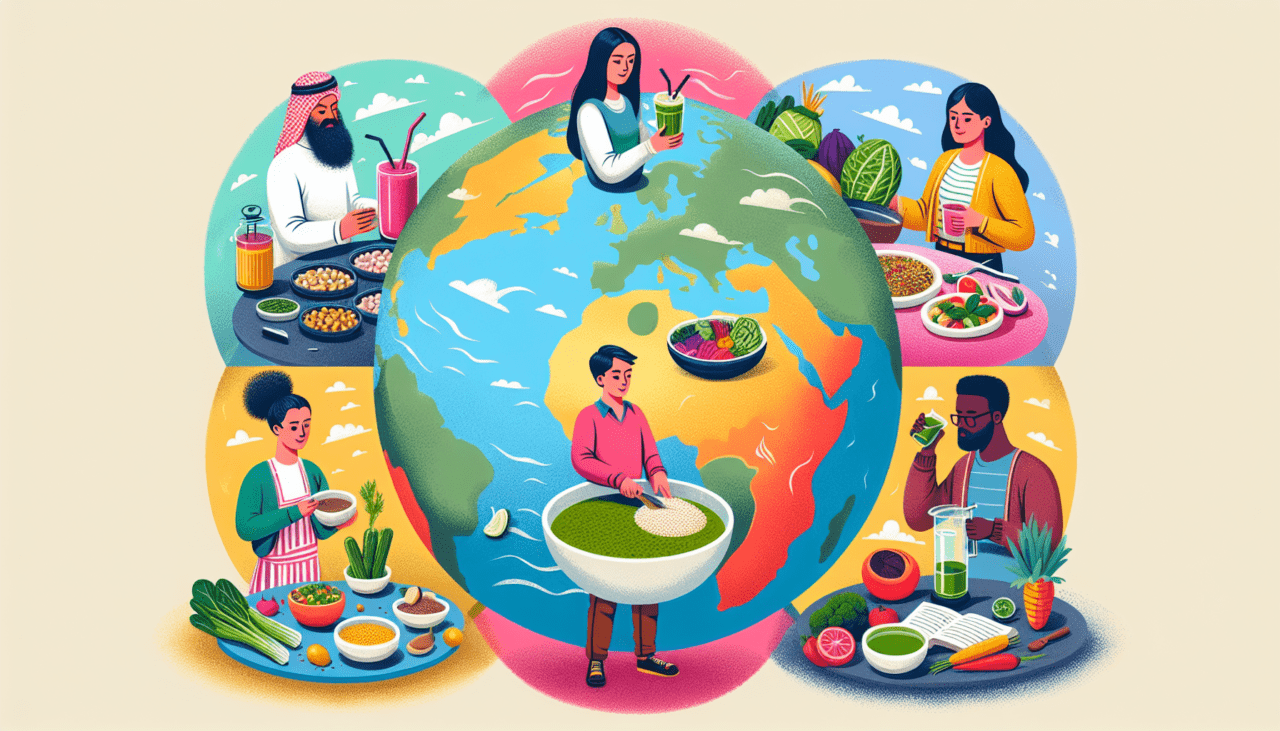The term “alternative diet” used to primarily mean vegan or vegetarian. Now, it encompasses a much broader spectrum. We’re seeing massive growth in flexitarianism, reducetarianism, and various plant-forward eating patterns that aren’t strictly defined but focus on reducing animal product consumption. This isn’t confined to a small segment of the population anymore; it’s becoming mainstream, driven by a mix of health consciousness, environmental concerns, and ethical considerations. Businesses in the food sector, from producers to restaurants, are seeing demand for plant-based alternatives skyrocket across nearly every category imaginable, from dairy and meat to seafood and snacks.
The Rise of Plant-Based Powerhouses
One of the most visible aspects of the shift towards Alternative Diets & Lab-Grown Food is the explosion of the plant-based market. Companies are innovating rapidly, creating products that mimic traditional animal-based foods in taste, texture, and appearance. This isn’t just tofu anymore; we’re talking sophisticated meat analogs, dairy-free cheeses that actually melt, and egg substitutes that scramble.
This has opened up huge avenues for businesses. Consider the success of companies focusing purely on plant-based alternatives or traditional food giants launching extensive plant-based lines. There’s fierce competition, yes, but also room for innovation in ingredients, processing, and even packaging. Businesses need to look at sourcing ingredients sustainably, developing compelling products, and marketing them effectively to a diverse audience that includes vegans, vegetarians, and the growing number of flexitarians.
Opportunities in Plant-Based Products
- Developing novel plant-based ingredients and formulations.
- Expanding existing product lines to include plant-based versions.
- Investing in or partnering with plant-based startups.
- Adapting restaurant menus to offer more diverse and appealing plant-based options.
The Cutting Edge: Understanding Lab-Grown Food
Beyond plant-based, the conversation about Alternative Diets & Lab-Grown Food takes a futuristic turn with cell-cultured meat, often called lab-grown food. This technology involves growing meat cells in a controlled environment, directly from animal cells, without needing to raise and slaughter animals. While it’s not widely available on plates yet, it represents a potential paradigm shift for the food industry, addressing issues like land use, water consumption, greenhouse gas emissions, and animal welfare associated with conventional meat production.
The science behind cell-cultured meat is complex, but the promise is simple: real meat, produced more sustainably. For businesses, this isn’t just a tech story; it’s an unfolding market opportunity. Significant investment is pouring into this space, and companies are navigating regulatory hurdles and working on scaling production to make it commercially viable. Early movers could gain a significant advantage, but there are considerable challenges related to cost, consumer acceptance, and achieving large-scale manufacturing.
The Business Landscape of Lab-Grown Food
The lab-grown food sector is still in its nascent stages but holds immense potential. Companies are focusing on different types of meat, from beef and chicken to seafood. The path to market involves not only technological advancements but also regulatory approval, which varies by country. Businesses interested in this area are looking at strategic investments, partnerships with biotech firms, and developing infrastructure for future production and distribution.
Consumer perception is another critical factor. Will people embrace meat grown in a lab? Initial market research suggests varying levels of acceptance, often influenced by how the product is marketed and explained. Businesses need to consider not just the science and economics but also the communication strategy to build trust and educate consumers about cell-cultured products as they become available.
Challenges and Prospects in Cell-Cultured Meat
- Reducing production costs to compete with traditional meat.
- Scaling up manufacturing from bioreactors to industrial levels.
- Navigating diverse and evolving regulatory frameworks globally.
- Educating consumers and building public trust in the technology.
The Future of Food: Integration and Innovation
The trends in Alternative Diets & Lab-Grown Food aren’t happening in isolation; they are part of a larger movement towards a more sustainable, efficient, and potentially equitable food system. Businesses that can successfully integrate these new options into their existing models, whether through product development, supply chain adjustments, or strategic investments, are likely to thrive. The future food plate might feature traditional foods alongside plant-based alternatives and potentially cell-cultured options, offering consumers unprecedented choice.
For business leaders, staying informed about technological advancements, consumer behavior changes, and regulatory developments is paramount. This is a dynamic space, and what seems like a fringe trend today could be a significant market segment tomorrow. It requires a willingness to innovate, adapt, and possibly rethink traditional business models in the food industry. This ongoing evolution presents a complex but exciting landscape for anyone involved in bringing food to the table.
